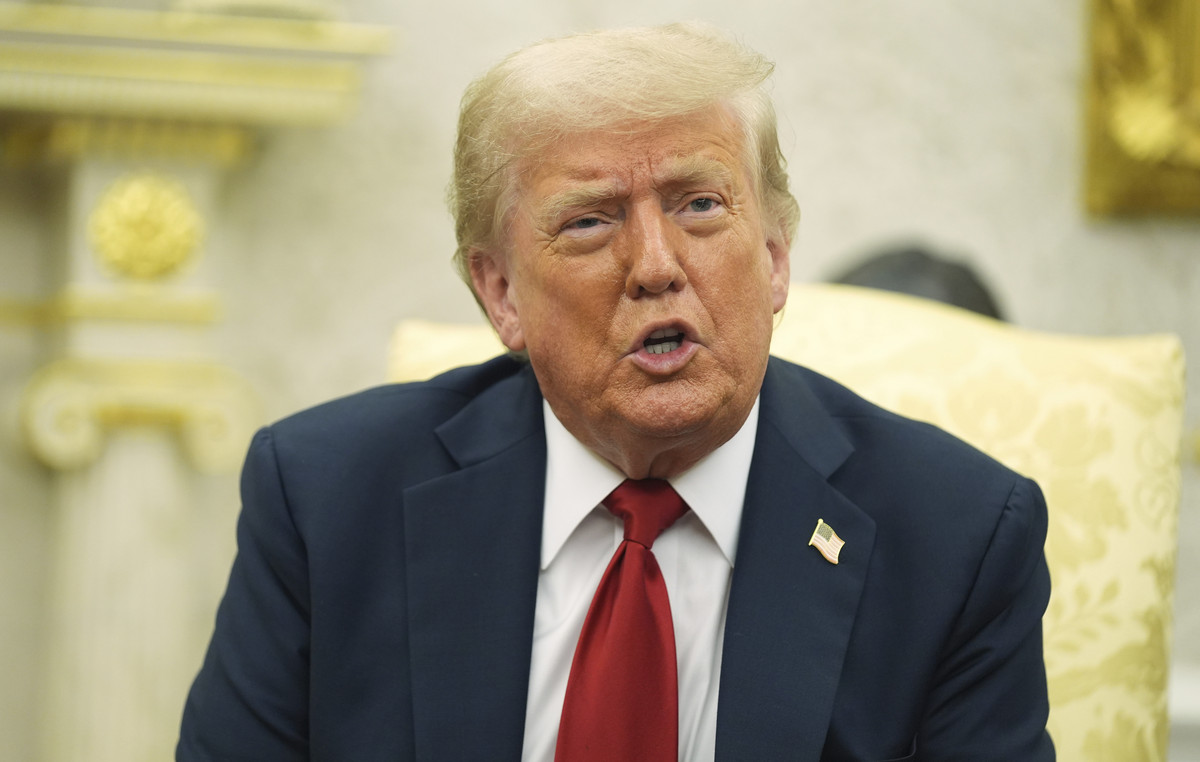- The NFP report for December showed better results than expected.
- The Federal Reserve’s easing schedule faces new scrutiny after the unemployment rate fell.
- Higher Treasury yields and persistent inflation pressures reinforce the Dollar’s attractiveness against most major currency pairs.
The Dollar Index (DXY), which measures the value of the USD against a basket of currencies, rebounds on renewed inflation concerns as stronger-than-expected Non-Farm Payrolls (NFP) report delays cut schedule of the Federal Reserve (Fed), boosting demand for the US Dollar and taking the DXY closer to 110.00.
Daily Market Summary: US Dollar Gains Ground on Strong NFP Report
- December Non-Farm Payrolls soared by 256,000, far exceeding the forecast of 160,000 and reinforcing the resilience of the labor market.
- The unemployment rate fell to 4.1% from 4.2%, while wage inflation moderated to 3.9% year-on-year, slightly moderating the Fed’s rate cut bets.
- The Bloomberg consensus initially stood at 165,000 for December jobs gains, although many analysts had warned of upside risks.
- Fed officials highlight the waning urgency for additional rate cuts, with concerns about too much slack in the labor market now fading.
- Strong jobs data helps the US dollar maintain its gains, with the Fed likely continuing with gradual cuts later in 2025 if inflation cools.
- Fed officials have leaned toward a more cautious approach after the December turnaround.
- Strong employment metrics reduce the need for imminent easing, while new developments in growth, inflation and fiscal policy remain key variables. Markets increasingly price in that there will be no additional cuts in the near term, reinforcing the strength of the US dollar.
DXY Technical Outlook: Index Reaches November 2022 Highs Near 110.00
The US Dollar Index soared to new peaks not seen since November 2022 and is now approaching the 110.00 mark. Technical indicators are bordering on overbought territory, suggesting a possible short-term pullback.
However, DXY’s solid break above previous resistance signals continued bullish momentum, supported by firm economic data and dovish Fed rate cut expectations. Any decline could find support near the 108.50–109.00 range.
US Dollar FAQs
The United States Dollar (USD) is the official currency of the United States of America, and the “de facto” currency of a significant number of other countries where it is in circulation alongside local banknotes. According to 2022 data, it is the most traded currency in the world, with more than 88% of all global currency exchange operations, equivalent to an average of $6.6 trillion in daily transactions. After World War II, the USD took over from the pound sterling as the world’s reserve currency.
The single most important factor influencing the value of the US Dollar is monetary policy, which is determined by the Federal Reserve (Fed). The Fed has two mandates: achieve price stability (control inflation) and promote full employment. Your main tool to achieve these two objectives is to adjust interest rates. When prices rise too quickly and inflation exceeds the 2% target set by the Fed, the Fed raises rates, which favors the price of the dollar. When Inflation falls below 2% or the unemployment rate is too high, the Fed can lower interest rates, which weighs on the Dollar.
In extreme situations, the Federal Reserve can also print more dollars and enact quantitative easing (QE). QE is the process by which the Fed substantially increases the flow of credit into a clogged financial system. This is an unconventional policy measure used when credit has dried up because banks do not lend to each other (for fear of counterparty default). It is a last resort when a simple lowering of interest rates is unlikely to achieve the necessary result. It was the Fed’s weapon of choice to combat the credit crunch that occurred during the Great Financial Crisis of 2008. It involves the Fed printing more dollars and using them to buy US government bonds, primarily from financial institutions. QE usually leads to a weakening of the US Dollar.
Quantitative tightening (QT) is the reverse process by which the Federal Reserve stops purchasing bonds from financial institutions and does not reinvest the principal of maturing portfolio securities in new purchases. It is usually positive for the US dollar.
Source: Fx Street
I am Joshua Winder, a senior-level journalist and editor at World Stock Market. I specialize in covering news related to the stock market and economic trends. With more than 8 years of experience in this field, I have become an expert in financial reporting.







